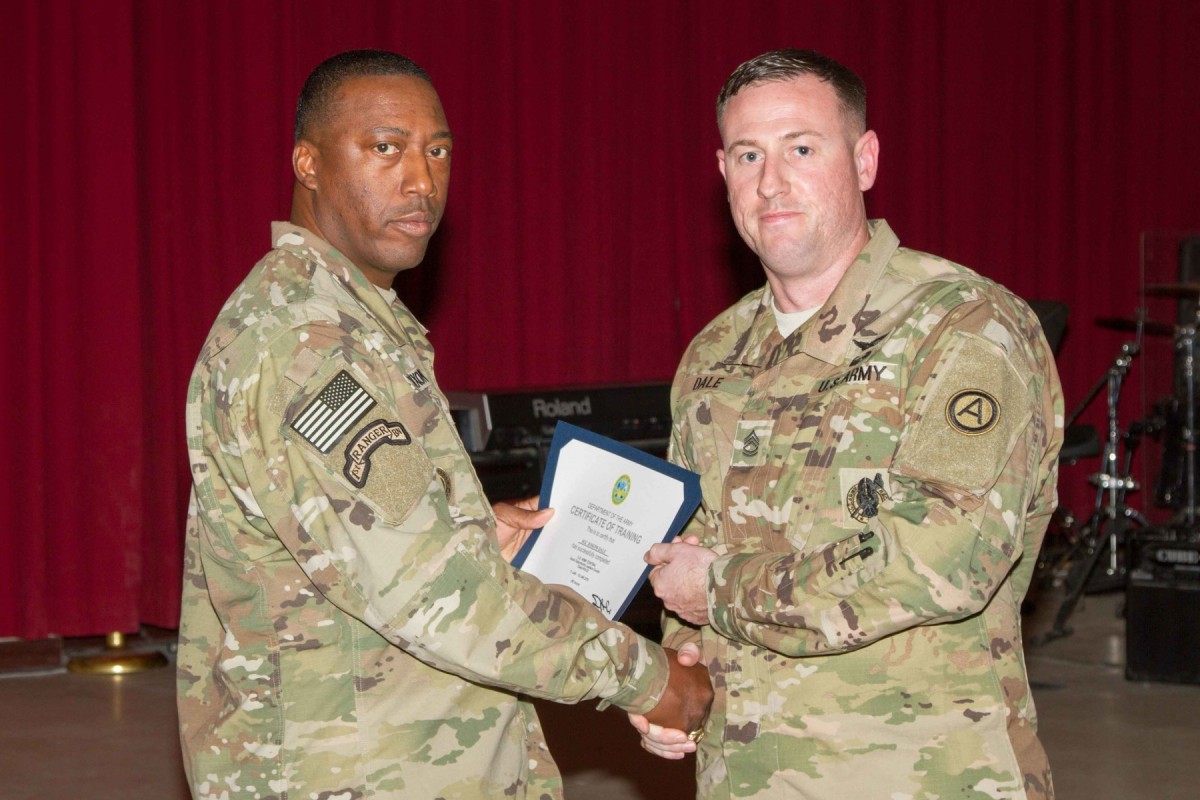

The students also had to have eyes front when the instructor (or other students) were making a presentation-not looking at or over the computers (or surfing or playing videogames). We decided to place the computer stations around the perimeter of the room so that the instructor stand in the center of the room and scan across all the work stations to make sure that students were generally on task when using the computers.

And our Environmental Geology class does a lot of group activities including debates, preparing poster sessions, and other types of presentations. We also wanted to maintain our traditional use of physical materials-maps, rocks, groundwater models, etc. students search the web for information). on-line activities developed for direct use) and some open-ended discovery exercises using the computers (e.g. We started by asking "what instructional modes will likely be used"? We anticipated that the computers would be used for some "canned" exercises (e.g. Here's how we selected the design for this laboratory: using hexagonal tables), arranged around the perimeter of the room.? Our final design is pictured below. Would the computers be installed on desks in rows looking to the front of the class, in "islands" (e.g. In planning for the installation of the computers, we had to make informed decisions about the design of the laboratory. Our department had the opportunity to add computer stations to our Introductory Physical Geology laboratory. of Earth Sciences, Montana State University W., (1997), Field Notes, In: Brady, Perkins and Mogk (eds.), Teaching Mineralogy, Mineralogical Society of AmericaĮssay 2: Learning Environments - Designing a Computer LaboratoryĬo-authored with William Locke, Dept. Journal of Research in Science Teaching, 31(10), 1097-1119. (1994), Factors that influence learning during a scientific field trip in a natural environment. Field trips are often cited as an important means to recruit and motivate students to learn geoscience-but this will be true only to the extent the field trips are memorable and positive learning experiences. Mogk (1997 and ) further discussed the concept of novelty space, and related issues of setting appropriate goals, objectives and outcomes for learning in the field. Therefore, these factors should be carefully considered when planning an implementing a field trip to optimize student learning in the field. The larger a student's novelty space, the less the student is likely to learn.
#DAVID MOGK PRIVATE CONTACT INFORMATION HOW TO#
Will we be back in time for me to pick up my kids at day care? I still don't understand how to use a Brunton compass and what it does. Will we have to hike a long way, will I be able to keep up? What about the weather, will we go if it rains? I'm terrified of snakes! What about bathroom stops? Will we eat on time? I have hypoglycemia/diabetes and really need to regulate when and what I eat. But, what is going through the minds of our students: Where the heck are we going? What are we going to do there? I've never done anything like this before, and I'm very unsure about what I have to do. We know what to expect during the trip, what is expected of us, how to function (and behave), and how we will benefit from the experience. Field trips are part of the culture of the geosciences and of geoscience education, and much of what we see and do on a field trip is second nature to us. "We're going on a field trip!" the instructor announces enthusiastically to the class, expecting that all students will share this enthusiasm.


 0 kommentar(er)
0 kommentar(er)
